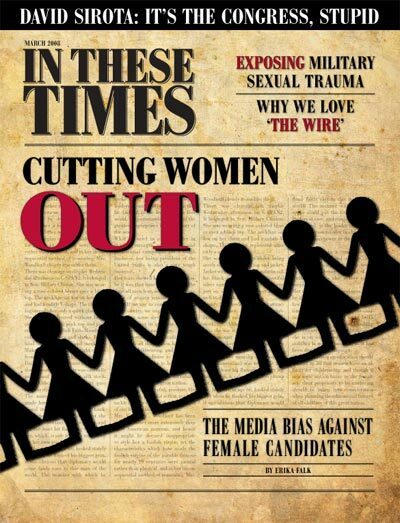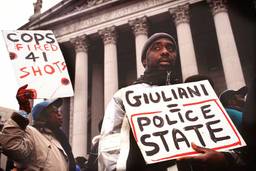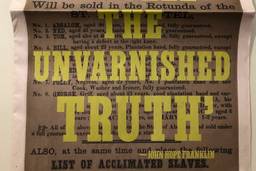How can racism still be a problem if so many white Americans are willing to support a black man like Sen. Barack Obama (D-Ill.) for president?
This rhetorical question worries some analysts, who warn that Obama’s prominence, ironically, could set back the struggle for racial equality. They argue that his transracial appeal would convince many that the country has “transcended race,” making them less supportive of efforts to redress slavery’s legacy. Of course, Obama’s intentions have little to do with this effect.
His path-breaking campaign and its implications are elements of a racial dynamic set in motion long before his white Kansan mother met his black Kenyan father. Their interracial union produced a son whose fame has triggered a substantive conversation about race and culture in a nation where it is long overdue.
Race as a concept emerged contemporaneously with the first burst of European capitalist expansion in the 18th century. Scientific texts like Carolus Linnaeus’s 1786 work, Systema Naturea, had begun classifying humans according to new racial taxonomy, and African people usually wound up on the bottom rung of humanity’s ladder.
These scientific “proofs” joined theological treatises and philosophical musings to implant white supremacy as European conventional wisdom. This mindset helps explain how the Founding Fathers rationalized (and condoned) the existence of racial slavery in a nation ostensibly based on freedom and liberty.
American slavery added wrinkles to the reigning conventional wisdom. In our version of human bondage, only Africans and their progeny were eligible – or “enslaveable” – and this perverse eligibility spanned generations.
This involuntary workforce was a collection of kidnapped Africans from a variety of ethnic groups. A brutal slave system and rigid racial hierarchy transformed these enslaved Africans into African Americans – a distinctive ethnic variation in the far-flung African diaspora.
Just one drop of African blood conferred blackness, and that helped ensure a ready supply of enslaved workers. Children sired by white slave owners and enslaved women helped pad the workforces of many plantations and account for the wide range of complexions in the black community today. The notion of an inherent “blackness,” then, is a concept of commerce, coined to justify European plunder. (Similarly, hundreds of European ethnicities were conflated into a confining notion of “whiteness.”)
Despite Obama’s hybrid racial pedigree, he is “black” by the one-drop tradition. Unlike most black Americans, however, his history is not framed by generations of racial subordination. This distinction is significant. Because Obama’s ancestral narrative lacks slavery, his self-image likely lacks the wounds from that history. Although he had a more varied source of identity, Obama identifies as an African American and became conversant with the racial choreography of American culture. White Americans likely sense the lack of racial grievance and respond gratefully. This gratitude helps explains why Obama mania has swept the nation.
He openly embraces aspects of his blackness, as well, which allows whites to see him as an authentic repository of their historical guilt from which he can then absolve them.
In his 2006 book The Audacity of Hope, Obama notes “race fatigue” and writes that “white guilt has largely exhausted itself in America” as “even the most fair-minded of whites … tend to push back against suggestions of racial victimization and race-based claims based on the history of racial discrimination in this country.”
Some critics argue that Obama is intentionally accommodating this race fatigue. “Obama is playing to the perverse racial politics of the post-civil rights era,” writes Paul Street in the webzine ZNet, “wherein the leading architects of policy and opinion have declared ‘race’ as a barrier to black advancement.”
This is a complicated tale. When detractors of Obama note he lacks an ancestry framed by chattel slavery, they are making a valid point. What’s more, white Americans are likely to view Obama’s rise as a sign that racism is at bay.
However, they also may grow to understand that Obama’s success charts the potential for many African Americans for whom the legacy of slavery lingers too long.
Obama’s role as an exemplar of America’s promise may prompt new efforts to open that promise for the millions of African Americans trapped on the low end.
Salim Muwakkil is a senior editor of In These Times and host of “The Salim Muwakkil Show” on radio station WVON-AM in Chicago. Muwakkil was also contributing columnist for both the Chicago Sun-Times (1993 – 1997) and the Chicago Tribune (1998 – 2005). He is also a co-founder of Pacifica News’ network daily “Democracy Now” program and served as an adjunct professor at Northwestern University, University of Illinois, the Art Institute of Chicago and Chicago’s Columbia College.









